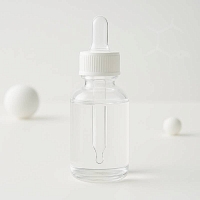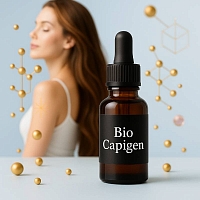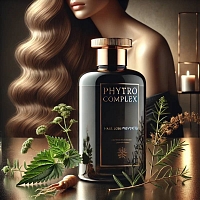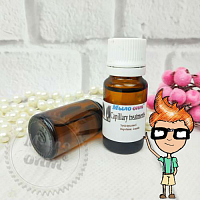-
 Absolutes
Absolutes
-
 Active Complexes
Active Complexes
-
 Actives and Peptides for Cosmetics
Actives and Peptides for Cosmetics
-
 Amino Acids
Amino Acids
-
 Food Flavorings
Food Flavorings
-
 Ayurveda
Ayurveda
-
 Vitamins
Vitamins
-
 Gelling Agents and Thickeners
Gelling Agents and Thickeners
-
 Hydrosols and Floral Waters
Hydrosols and Floral Waters
-
 Hydrolyzed Proteins
Hydrolyzed Proteins
-
 Fragrant and aromatic substances
Fragrant and aromatic substances
-
 Acids, Salts, Alcohols, and Alkalis
Acids, Salts, Alcohols, and Alkalis
-
 Preservatives and Antioxidants
Preservatives and Antioxidants
-
 Cosmetic Raw Materials
Cosmetic Raw Materials
-
 Dyes, Pearlescents, and Glitters
Dyes, Pearlescents, and Glitters
-
 Face Masks, Scrubs, and Dried Flowers
Face Masks, Scrubs, and Dried Flowers
-
 Oils, batters, macerates, oil mixtures
Oils, batters, macerates, oil mixtures
-
 Candle Supplies
Candle Supplies
-
 Melt and Pour Soap Bases
Melt and Pour Soap Bases
-
 Base for cosmetics, cream, serum, shampoo
Base for cosmetics, cream, serum, shampoo
-
 Fragrance Oils
Fragrance Oils
-
 Surfactants
Surfactants
-
 Peelings for Skin
Peelings for Skin
-
 Herbal Powders and Plant
Herbal Powders and Plant
-
 Silicones and Conditioning Surfactants for Hair
Silicones and Conditioning Surfactants for Hair
-
 Raw materials for dietary supplements
Raw materials for dietary supplements
-
 Packaging for Cosmetics and Perfumes
Packaging for Cosmetics and Perfumes
-
 Molds, Packaging, Tools
Molds, Packaging, Tools
-
 Organic Extracts
Organic Extracts
-
 Emollients for Cosmetics
Emollients for Cosmetics
-
 Emulsifiers
Emulsifiers
-
 Essential Oils
Essential Oils
Capillary Treatments: A Comprehensive Guide for Shampoo Formulations
Introduction
Capillary treatments, a vital component in hair care formulations, are designed to address various concerns related to hair health and appearance. From promoting hair growth and strengthening strands to combating dandruff and restoring shine, these treatments offer a diverse range of benefits. This comprehensive guide explores the different types of capillary treatments, their active ingredients, and their applications in shampoo formulations.
Active Ingredients
The effectiveness of capillary treatments largely depends on the active ingredients they contain. Here are some of the most commonly used ingredients:
- Amino Acids: Essential building blocks of proteins, amino acids help strengthen hair, improve elasticity, and reduce breakage. Examples include keratin, silk amino acids, and wheat proteins.
- Botanical Extracts: Derived from plants, botanical extracts offer a natural approach to hair care. Some popular options include aloe vera, chamomile, ginseng, and green tea, known for their soothing, moisturizing, and antioxidant properties.
- Essential Oils: These concentrated plant oils possess unique fragrances and therapeutic benefits. Lavender, rosemary, peppermint, and tea tree oil are commonly used for their potential to stimulate hair growth, balance scalp oils, and soothe scalp irritations.
- Vitamins and Minerals: Vitamins like biotin, vitamin E, and vitamin B5 are essential for healthy hair growth and nourishment. Minerals like zinc and copper also play crucial roles in maintaining scalp health.
- Panthenol: A provitamin form of vitamin B5, panthenol is highly moisturizing and helps improve hair elasticity.
- Urea: A humectant that attracts and retains moisture, urea can be beneficial for dry and damaged hair.
- Salicylic Acid: A beta-hydroxy acid (BHA) that exfoliates the scalp, removes dead skin cells, and helps reduce dandruff.
Application Options and Areas of Use
Capillary treatments can be incorporated into various shampoo formulations to address specific hair concerns. Here are some common application options and areas of use:
- Shampoo Base: Capillary treatments can be added to a shampoo base to provide additional benefits. For example, a shampoo containing amino acids and botanical extracts can strengthen hair and promote scalp health.
- Deep Conditioning Treatments: For intensive hair repair and hydration, capillary treatments can be used in deep conditioning masks or leave-in conditioners. Ingredients like panthenol, shea butter, and argan oil are ideal for this purpose.
- Anti-Dandruff Shampoos: Salicylic acid, zinc pyrithione, or ketoconazole can be incorporated into shampoos to combat dandruff and soothe itchy scalps.
- Hair Growth Stimulating Shampoos: Ingredients like rosemary oil, biotin, and ginseng can be added to shampoos to promote hair growth and thicken hair strands.
- Color-Protecting Shampoos: To preserve hair color and prevent fading, capillary treatments containing UV filters and antioxidants can be used.
- Volumizing Shampoos: Ingredients like wheat proteins and rice amino acids can help add volume and fullness to fine or limp hair.
Customization and Formulation
The choice of capillary treatments for a shampoo formulation depends on the desired benefits and target audience. By carefully selecting active ingredients and considering factors like hair type, texture, and concerns, formulators can create customized products that meet the needs of consumers worldwide.
Conclusion
Capillary treatments offer a versatile range of solutions for addressing various hair care concerns. By understanding the different types of active ingredients and their applications, formulators can develop effective and innovative shampoo products that promote healthy, beautiful hair.
And also go to the Blog from Мыло Опт, where we share useful information about creating the right natural cosmetics
| INCI | GLYCINE SOJA GERM EXTRACT, FAEX EXTRACT, HYDROLYZED KERATIN, GLYCOSAMINOGLYCANS, INOSINE, TOCOPHERYL ACETATE, ASCORBYL PALMITATE, RETINYL PALMITATE, NIACINAMIDE, PANTHENOL, RIBOFLAVIN, INOSITOL, PYRIDOXINE HCL, THIAMINE HCL, BIOTIN, CYANOCOBALAMIN, OLIGOELEMENTS [CALCIUM SULFATE, MAGNESIUM SULFATE, COPPER SULFATE, POTASSIUM SULFATE, ZINC SULFATE, MANGANESE SULFATE, FERRIC SULFATE] | |
| Other | ||
| Application | shampoos, hair cosmetics | |
| Attention | Mandatory testing for sensitivity and allergic reaction (preliminary application to the bend of the elbow or in the area behind the ear) | |
| Color product | liquid from yellow to light brown | |
| Features | All information presented on the site is for reference only | |
| Input percentage | 1-10% (effective dosage, which is proven by tests 5%) | |
| Name | Capillary treatments, 100 ml | |
| Packaging | container for transportation | |
| Packing | 100 ml | |
| Purpose | BIOGR NDINOL COMPLEX - hair loss treatment for dandruff and seborrheic dermatitis | |
| Solubility | in water | |
| View | liquid | |
| Valid until | 10.2026 | |
-
Date:todayAuthor:Аліса, ЛионReviews
Чудовий магазин, все на вищому рівні! Рекомендую.
Date:todayAuthor:Евгения, Кам'янець-Подільський









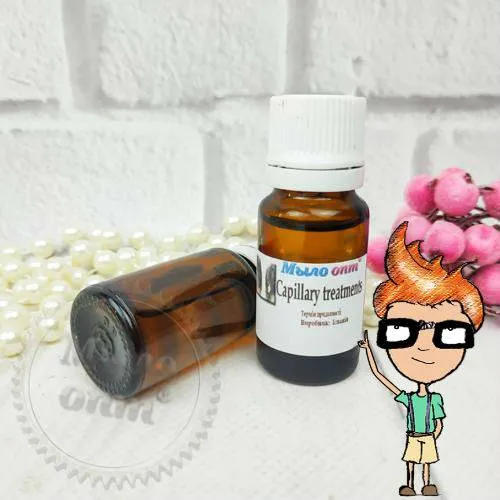
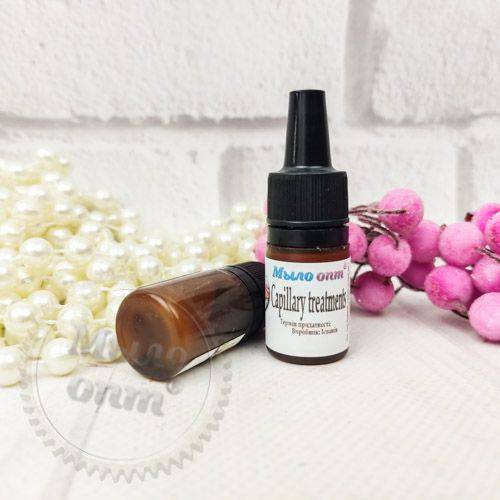
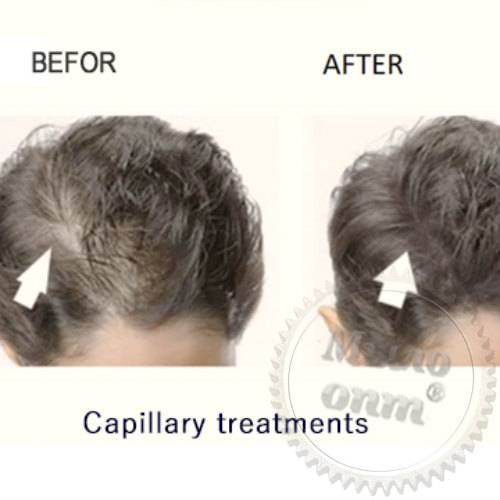
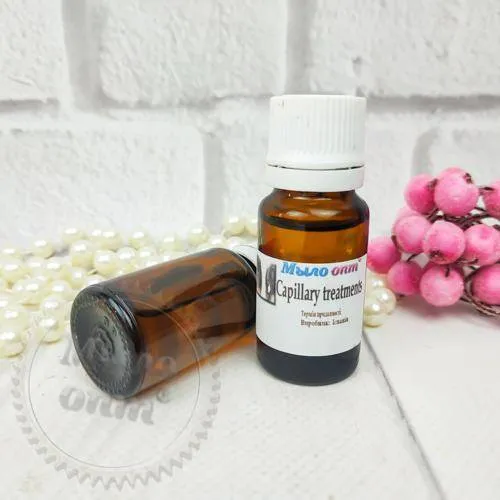
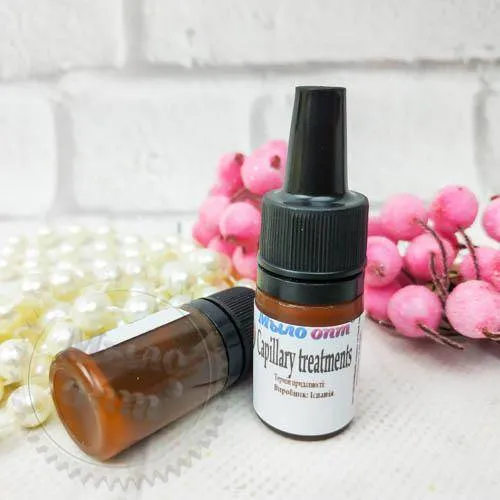





 Add to cart
Add to cart Buy in 1 click
Buy in 1 click

 Add a review
Add a review To favorites
To favorites To compare
To compare






